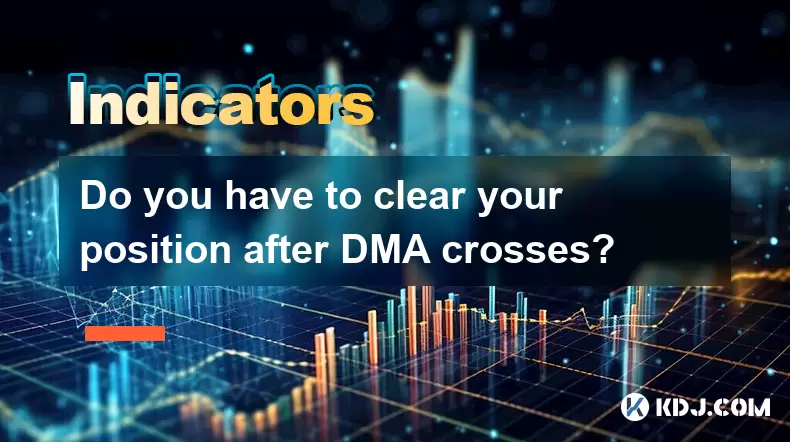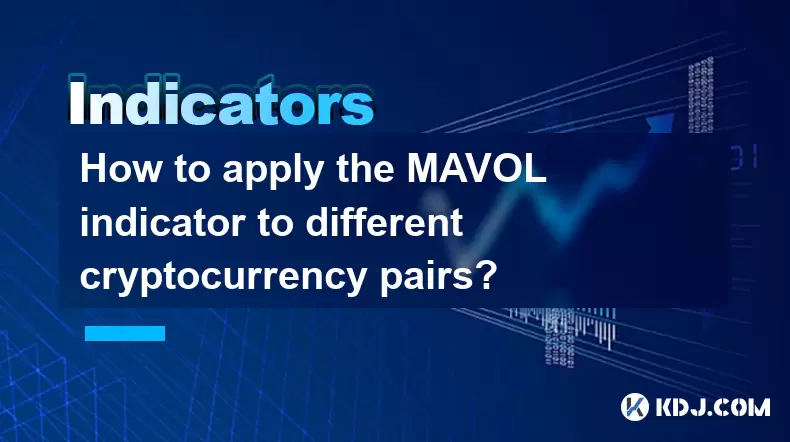-
 Bitcoin
Bitcoin $118400
0.47% -
 Ethereum
Ethereum $3836
2.20% -
 XRP
XRP $3.157
2.98% -
 Tether USDt
Tether USDt $0.9999
-0.03% -
 BNB
BNB $801.5
1.31% -
 Solana
Solana $180.9
2.07% -
 USDC
USDC $0.9999
-0.02% -
 Dogecoin
Dogecoin $0.2225
2.50% -
 TRON
TRON $0.3285
-1.02% -
 Cardano
Cardano $0.7789
2.60% -
 Hyperliquid
Hyperliquid $43.60
2.39% -
 Sui
Sui $3.892
4.41% -
 Stellar
Stellar $0.4229
3.34% -
 Chainlink
Chainlink $18.01
3.98% -
 Hedera
Hedera $0.2745
6.77% -
 Bitcoin Cash
Bitcoin Cash $582.3
3.38% -
 Avalanche
Avalanche $23.77
1.04% -
 Ethena USDe
Ethena USDe $1.001
0.01% -
 Toncoin
Toncoin $3.493
3.59% -
 Litecoin
Litecoin $110.0
2.48% -
 UNUS SED LEO
UNUS SED LEO $8.936
-0.37% -
 Shiba Inu
Shiba Inu $0.00001304
2.49% -
 Uniswap
Uniswap $9.999
1.09% -
 Polkadot
Polkadot $3.897
3.26% -
 Monero
Monero $308.6
-0.83% -
 Dai
Dai $0.9999
-0.01% -
 Bitget Token
Bitget Token $4.504
-0.04% -
 Pepe
Pepe $0.00001154
2.95% -
 Cronos
Cronos $0.1471
3.06% -
 Ethena
Ethena $0.6691
19.53%
Do you have to clear your position after DMA crosses?
DMA in crypto trading allows direct exchange access, improving execution speed and reducing slippage, but clearing positions post-cross depends on strategy, not necessity.
Jun 21, 2025 at 12:01 pm

Understanding DMA and Its Significance in Cryptocurrency Trading
In the realm of cryptocurrency trading, DMA (Direct Market Access) plays a crucial role for traders who seek to interact directly with market liquidity. Unlike traditional brokerage models where orders pass through intermediaries, DMA allows traders to place orders directly on exchanges, giving them greater control over execution speed and price. This is especially vital in the volatile crypto markets, where milliseconds can make a significant difference in trade outcomes.
When discussing DMA crosses, it refers to instances when a trader’s order intersects with available liquidity on the order book without routing through a middleman. This direct interaction can lead to better fills and reduced slippage, particularly in fast-moving markets involving assets like Bitcoin or Ethereum.
What Does It Mean to "Clear Your Position"?
The phrase “clear your position” typically means exiting an open trade—either by selling if you’re long or buying back if you’re short. In the context of automated or high-frequency trading systems using DMA, this decision often hinges on predefined strategies or risk parameters. Some traders may interpret clearing a position after a DMA cross as a necessary step to lock in profits or prevent losses, while others might see it as an unnecessary reaction unless specific conditions are met.
It's important to distinguish between manual and algorithmic trading scenarios. In manual trading, a trader might choose to close a position based on intuition or chart patterns post-DMA cross. In algorithmic setups, however, exit logic is coded and executed automatically once certain criteria—such as time, price thresholds, or volume levels—are triggered.
Is Clearing Your Position Mandatory After a DMA Cross?
No, clearing your position after a DMA cross is not mandatory. Whether or not you should do so depends on several factors including your trading strategy, risk tolerance, and market outlook. Here are some considerations:
- Profit Targets: If your strategy includes taking partial or full profits upon successful execution via DMA, then closing part or all of the position makes sense.
- Stop-Loss Levels: If the DMA cross leads to unfavorable movement beyond your stop-loss point, exiting becomes essential.
- Market Conditions: In highly volatile environments, traders might prefer to secure gains quickly rather than risk reversal.
Many experienced traders use DMA to enter positions but rely on separate indicators or signals to determine when to exit. Therefore, a DMA cross alone doesn’t necessitate immediate position closure unless explicitly tied to your strategy’s rules.
How to Decide When to Exit After a DMA Trade
Deciding whether to clear your position after a DMA trade involves evaluating multiple inputs. Here’s how you can approach it systematically:
- Monitor Order Book Depth: Use real-time depth charts to understand whether the DMA fill was absorbed by large players or retail orders.
- Track Post-Fill Price Action: Analyze candlestick patterns or momentum indicators immediately following the DMA execution to gauge strength.
- Utilize Trailing Stops: If holding the position, consider setting trailing stops that adjust dynamically to price movements.
- Evaluate Volume Profile: High volume at certain price levels post-DMA cross can indicate potential support/resistance zones, helping decide exit points.
Each of these tools provides insight into whether continuing the trade aligns with your goals or if it's prudent to secure existing gains or limit losses.
Practical Steps to Manage Positions Post-DMA Execution
For traders actively engaging in DMA-based trading, managing positions effectively requires precision and discipline. Below are practical steps you can follow:
- Review Execution Quality: Immediately after a DMA fill, check if the execution price matched your intended level or if there was slippage.
- Assess Immediate Market Reaction: Observe how the price behaves in the next few minutes; sharp reversals could signal the need to exit.
- Reassess Risk-Reward Ratio: Recalculate your risk-reward based on current price and adjust targets accordingly.
- Implement Partial Profit-Taking: Take a portion of profit off the table while letting the rest ride with adjusted stops.
- Use Alerts and Notifications: Set up alerts for key levels or volume spikes that may prompt timely exits.
These steps help maintain discipline and strategic alignment even in emotionally charged trading situations.
FAQs Related to DMA Trading and Position Management
Q: Can DMA be used for both spot and futures trading in cryptocurrencies?
A: Yes, DMA can be applied to both spot and futures markets, though setup and execution nuances may differ depending on the exchange and platform capabilities.
Q: How does DMA affect slippage in fast-moving crypto markets?
A: DMA generally reduces slippage because orders are placed directly onto the exchange’s order book, minimizing latency and ensuring tighter execution prices.
Q: Is DMA suitable for beginner traders?
A: While powerful, DMA requires technical knowledge and familiarity with order types, making it more suited for intermediate to advanced traders who can manage low-latency infrastructure and API integrations.
Q: Are there risks associated with using DMA in cryptocurrency trading?
A: Yes, risks include exposure to flash crashes, lack of order protection features found in brokered systems, and dependency on stable connectivity and API performance. Proper risk management protocols must be in place.
Disclaimer:info@kdj.com
The information provided is not trading advice. kdj.com does not assume any responsibility for any investments made based on the information provided in this article. Cryptocurrencies are highly volatile and it is highly recommended that you invest with caution after thorough research!
If you believe that the content used on this website infringes your copyright, please contact us immediately (info@kdj.com) and we will delete it promptly.
- SEC, Crypto, and On-Chain: Navigating the Regulatory Maze
- 2025-08-01 02:31:40
- Bitcoin Bullish Market: How Long Positions are Boosting the Crypto King
- 2025-08-01 02:35:33
- Visa, Stellar, and Stablecoins: A New York Minute on the Future of Finance
- 2025-08-01 01:50:50
- BCH, FET, BlockDAG: Decoding the Crypto Buzz
- 2025-08-01 01:16:37
- Conflux Token, Crypto Simplicity, and WeWake Finance: A New Era?
- 2025-08-01 01:50:50
- Dogecoin, Remittix, and Analyst Targets: Navigating the Crypto Landscape
- 2025-08-01 01:55:40
Related knowledge

What does it signify when the MACD crosses below the zero line?
Aug 01,2025 at 01:43am
Understanding the MACD IndicatorThe Moving Average Convergence Divergence (MACD) is one of the most widely used technical analysis tools in the crypto...

How does the MACD histogram show momentum?
Aug 01,2025 at 01:16am
Understanding the MACD Histogram and Its Role in Cryptocurrency TradingThe MACD histogram is a visual representation of the difference between the MAC...

What is a MACD crossover?
Jul 31,2025 at 11:52pm
Understanding the Role of Private Keys in Cryptocurrency SecurityIn the world of cryptocurrency, private keys are the cornerstone of ownership and con...

How can you use the MACD histogram to determine trend strength?
Jul 31,2025 at 11:10pm
Understanding the MACD Histogram and Its ComponentsThe MACD (Moving Average Convergence Divergence) histogram is a visual representation of the differ...

What is the impact of different moving average types (SMA vs. EMA) on the MAVOL indicator?
Aug 01,2025 at 02:31am
Understanding the MAVOL Indicator in Cryptocurrency AnalysisThe MAVOL (Moving Average Volume) indicator is a technical analysis tool used in the crypt...

How to apply the MAVOL indicator to different cryptocurrency pairs?
Aug 01,2025 at 12:43am
Understanding the MAVOL Indicator in Cryptocurrency TradingThe MAVOL indicator, short for Moving Average Volume, is a technical analysis tool that app...

What does it signify when the MACD crosses below the zero line?
Aug 01,2025 at 01:43am
Understanding the MACD IndicatorThe Moving Average Convergence Divergence (MACD) is one of the most widely used technical analysis tools in the crypto...

How does the MACD histogram show momentum?
Aug 01,2025 at 01:16am
Understanding the MACD Histogram and Its Role in Cryptocurrency TradingThe MACD histogram is a visual representation of the difference between the MAC...

What is a MACD crossover?
Jul 31,2025 at 11:52pm
Understanding the Role of Private Keys in Cryptocurrency SecurityIn the world of cryptocurrency, private keys are the cornerstone of ownership and con...

How can you use the MACD histogram to determine trend strength?
Jul 31,2025 at 11:10pm
Understanding the MACD Histogram and Its ComponentsThe MACD (Moving Average Convergence Divergence) histogram is a visual representation of the differ...

What is the impact of different moving average types (SMA vs. EMA) on the MAVOL indicator?
Aug 01,2025 at 02:31am
Understanding the MAVOL Indicator in Cryptocurrency AnalysisThe MAVOL (Moving Average Volume) indicator is a technical analysis tool used in the crypt...

How to apply the MAVOL indicator to different cryptocurrency pairs?
Aug 01,2025 at 12:43am
Understanding the MAVOL Indicator in Cryptocurrency TradingThe MAVOL indicator, short for Moving Average Volume, is a technical analysis tool that app...
See all articles

























































































